Tree of ideas
A tool for brainstorming ideas in cross-disciplinary teams – Integration and Implementation Insights
By Dan Stokols, Maritza Salazar, Gary M. Olson, and Judith S. Olson
1. Dan Stokols (biography)2. Maritza Salazar (biography)
3. Gary M. Olson (biography)
4. Judith S. Olson (biography)
How can cross-disciplinary research teams increase their capacity for generating and integrating novel research ideas and conceptual frameworks?
A key challenge faced by research teams is harnessing the intellectual synergy that can occur when individuals from different disciplines join together to create novel ideas and conceptual frameworks. Studies of creativity suggest that atypical (and often serendipitous) combinations of dissimilar perspectives can spur novel insights and advances in knowledge. Yet, many cross-disciplinary teams fail to achieve intellectual synergy because they allot insufficient effort to generating new ideas. Here we describe a brainstorming tool that can be used to generate new ideas in cross-disciplinary teams.
The idea tree exercise
This exercise is straightforward and requires few resources other than pens or pencils, blank sheets of paper, and a table at which eight to ten team members representing two or more disciplines are seated as shown in the image near the bottom of this post. At the start of the exercise, each participant is given a blank piece of paper and asked to work independently and write their initial ideas at the top of the page. Depending on the specific group task, the ideas can relate to a research question or hypothesis, a new concept or method, or outline for a proposed study. The scope of the brainstorming task can be left relatively open-ended, or focused more narrowly on particular topics relevant to the cross-disciplinary team (eg., neuroscience, climate change, health disparities research). During the three to four minutes allotted for this part of the exercise, individuals are encouraged to avoid being too self-critical of their own entries, even when their ideas seem too preliminary or provocative.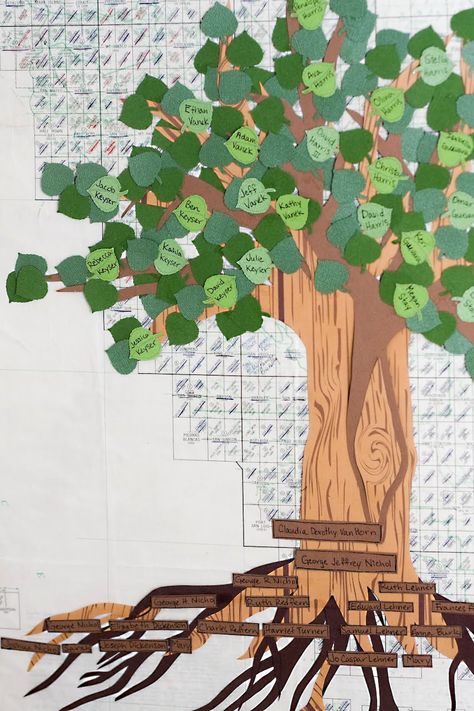
Once all participants have written down their ideas, they each pass their page to the person sitting next to them. Participants are asked to adopt a supportive and inclusive stance toward the ideas they have now received, taking three to four minutes to write a brief reaction. For example, they can elaborate on the original idea or pose a question about it. Each sheet of ideas is then passed on again, making its way to each participant around the table and gathering additional entries extending the thread of ideas triggered by the initial prompt.
After the pages have been reviewed and annotated by all participants, they are returned to the individuals who wrote the initial entry. Thus, every member of the team receives a page containing several elaborations of his or her initial idea from the respective vantage points of other participants.
Each completed page, in effect, reflects a branch of the overall idea tree created by the group as a whole. The idea tree tool is designed to harvest several new ideas in a relatively short period of time and facilitate serendipitous combinations of disparate views among members of cross-disciplinary teams.
With eight to ten participants, a complete round of this brainstorming exercise can be done in about 45 minutes to an hour.
General insights gleaned from the idea tree exercise
Besides generating several new research ideas among team members, the exercise elicits more general insights about brainstorming processes in team science. After participants have finished commenting on the ideas offered by other team members, they are invited to discuss the results of their collaborative brainstorming, which commonly reveals the following insights:
- conceptual synergy is unleashed by connecting disparate (and sometimes competing) viewpoints as a basis for discovering new ideas
- a relatively large number of ideas can be generated when participants adopt a supportive, inclusive stance toward each other’s entries and agree to take only a few minutes to write down each of their own thoughts and reactions to others’ ideas
- deadlines and time pressure can assist discovery of new ideas
- using diagrams and drawings to formulate and convey one’s ideas has generative value.

Conclusion
A crucial goal of cross-disciplinary research teams is the creation of new ideas and conceptual frameworks that advance knowledge within and across fields. The idea tree has proven useful as a brainstorming tool in cross-disciplinary training and research settings. The exercise is especially helpful in prompting novel links between disparate ideas, although the processes of prioritizing, refining and integrating insights derived from the idea tree require longer-term collaborative discussion and metacognition, as described in Machiel Keestra’s recent blog post. Not all of the ideas gathered through the exercise will be deemed sufficiently novel and useful to warrant further development. However, the more time and effort allocated by research teams to knowledge creation and integration activities, the better their prospects for achieving cross-disciplinary insights that trigger scientific and societal advances. The idea tree can be used by research teams at repeated intervals to build their capacity for knowledge discovery and integration. The idea tree is one of the methods used in our research and training initiatives at University of California, Irvine’s Team Science Acceleration Lab described in our previous blog post on strengthening the ecosystem for effective team science.
The idea tree is one of the methods used in our research and training initiatives at University of California, Irvine’s Team Science Acceleration Lab described in our previous blog post on strengthening the ecosystem for effective team science.
Have you used alternative brainstorming tools in cross-disciplinary research teams? We welcome your thoughts about other idea generation tools and your reactions to the idea tree exercise if you have occasion to use it in an educational or research context.
Idea tree brainstorming group (photograph by Dan Stokols)Some additional resources for collaborative brainstorming:
Adams, J. L. (2001). Conceptual blockbusting: A guide to better ideas. 4th edn, Basic Books: Cambridge, Massachusetts, United States of America
Gordon, W. J. J. (1974). Some source material in discovery-by-analogy. Journal of Creative Behaviour, 8: 239-257
McKim, R. H. (1980). Thinking visually: A strategy manual for problem solving.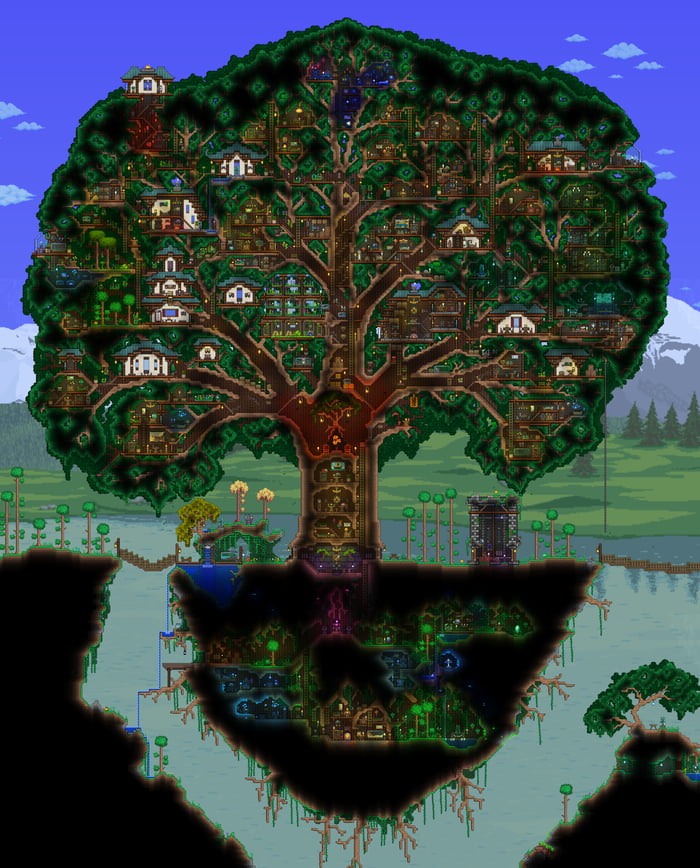 Wadsworth: Belmont, California United States of America
Wadsworth: Belmont, California United States of America
Mills, C. W. (1959). The sociological imagination (Appendix: On intellectual craftsmanship, pp.195-226). Oxford University Press, New York, United States of America
Uzzi, B., Mukherjee, S., Stringer, M., and Jones, B. (2013). Atypical combinations and scientific impact. Science, 342, 6157: 468-472
Wicker, A. W. (1985). Getting out of our conceptual ruts. American Psychologist, 40: 1094-1103
Acknowledgement:
We thank the Office of Research and the Center for the Neurobiology of Learning and Memory at the University of California, Irvine, USA for their support of this work.
Biography: Dan Stokols is Chancellor’s Professor Emeritus at the University of California, Irvine, USA and served as founding Dean of the university’s School of Social Ecology. His research spans the fields of social ecology, environmental and ecological psychology, public health, and transdisciplinary team science.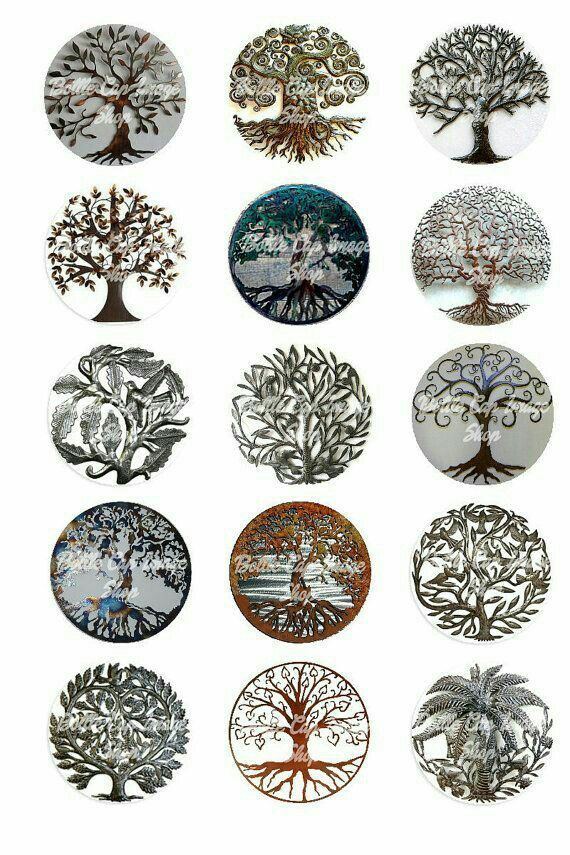 He is author of Social Ecology in the Digital Age and co-author of Enhancing the Effectiveness of Team Science.
He is author of Social Ecology in the Digital Age and co-author of Enhancing the Effectiveness of Team Science.
Biography: Maritza Salazar is an assistant professor at the Paul Merage School of Business at the University of California, Irvine, USA. Her research focuses on learning and innovation in teams and organizations, especially enhancing the competitiveness of firms, the effectiveness of teams, and the quality of the work experience for individuals. She serves as President of the International Network for the Science of Team Science (INSciTS).
Biography: Gary M. Olson is Professor Emeritus and formerly Donald Bren Professor of Information and Computer Sciences at the University of California, Irvine, USA. The focus of his work has been on how to support small groups of people working on difficult intellectual tasks, particularly when the members of the group are geographically distributed. He co-edited (with Ann Zimmerman and Nathan Bos) Scientific Collaboration on the Internet.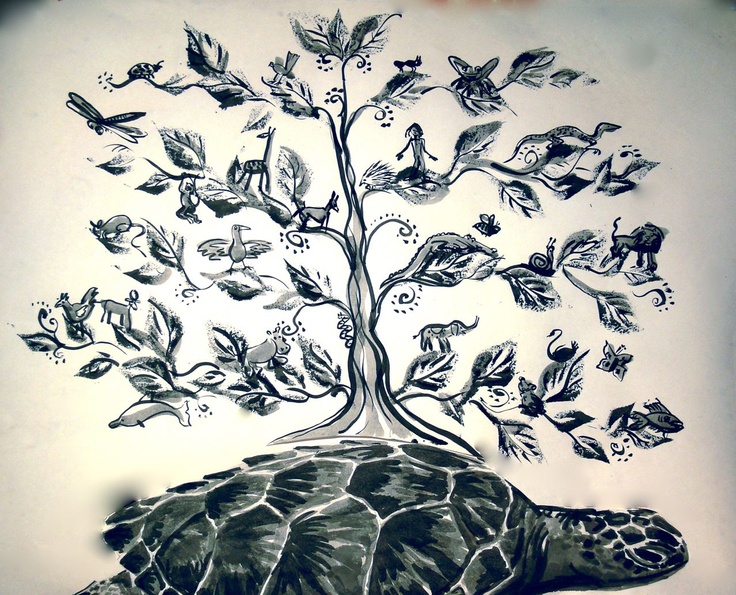
Biography: Judith S. Olson is the Donald Bren Professor of Information and Computer Sciences Emerita in the Department of Informatics at the University of California, Irvine, USA. For over 20 years, she has researched teams whose members are not collocated. She co-authored (with Gary Olson) Working Together Apart: Collaboration over the Internet.
Like this:
Like Loading...
85 Festive Christmas Tree Ideas to Impress Guests
BECKY LUIGART-STAYNER, DANIELLE DALY
1
Rustic Tree
Danielle Daly
All it takes to recreate this nature-inspired look are dried oranges, faux cranberries and pom-pom garland. Don't forget the straw basket, as opposed to a tree skirt.
SHOP WOODEN GARLAND
2
Candy Theme
Design Improvised
If you're feeling cheerful, go for a colorful candy theme.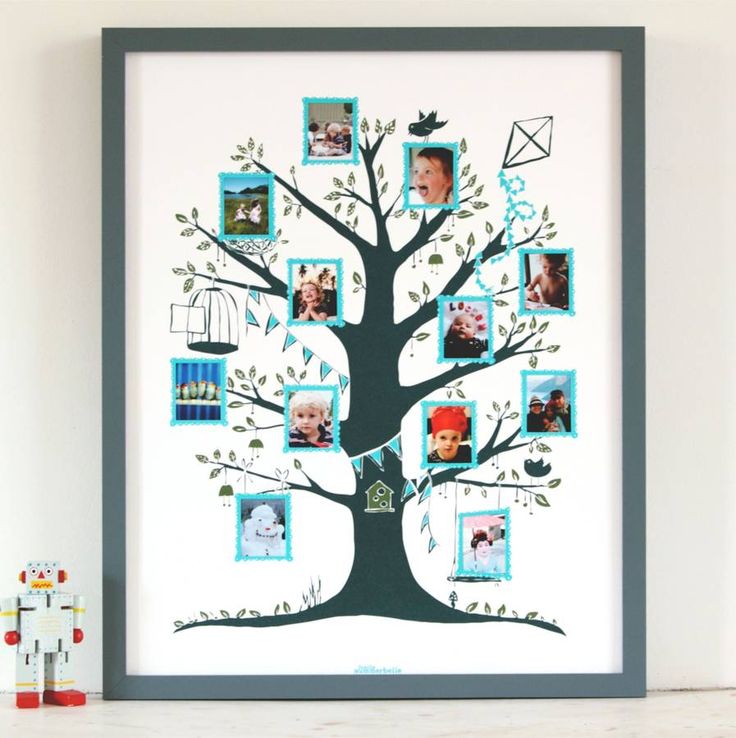 Start with a faux white Christmas tree and fill it with DIY candy cane ornaments, bright baubles and clear ornaments filled with small toys and candies. Complete the look with rainbow garland made of pom poms and a straw tree topper.
Start with a faux white Christmas tree and fill it with DIY candy cane ornaments, bright baubles and clear ornaments filled with small toys and candies. Complete the look with rainbow garland made of pom poms and a straw tree topper.
Get the tutorial at Design Improvised »
3
Red and Green Plaid Ribbon Tree
Kim Cornelison
Have some festive plaid ribbon left over from gift-wrapping? There's no reason why you shouldn't use it to bring some personality to your tree.
SHOP RIBBON
4
Cozy Lodge Tree
Inspired by Charm
Fill your spruce tree with red and burgundy baubles, classic beaded garland and thick snowflake ribbon to give your home a cozy, warm feel.
SHOP SNOWFLAKE RIBBON
Get the tutorial at Inspired by Charm »
5
Chalkboard Christmas Tree
Lily Ardor
This minimalist Christmas tree idea is a fun project for the whole family, and it shouldn't take longer than a few hours. It's constructed using a metal sheet covered with chalkboard vinyl, which makes it magnetic. Quickly whip up a few DIY ornaments by adding a magnet on the back of felt cut outs.
It's constructed using a metal sheet covered with chalkboard vinyl, which makes it magnetic. Quickly whip up a few DIY ornaments by adding a magnet on the back of felt cut outs.
Get the tutorial at Lily Ardor »
6
Classic Christmas Tree
Danielle Daly
From nostalgic ornaments to tinsel and a gold star topper, you can't go wrong with a traditional Christmas tree to fill your space with holiday cheer.
SHOP TINSEL
7
Ornament-Covered Tree
Becky Luigart-Stayner; Styling by Anna Logan; Crafting by Sara Scherf
Ran out of space on your big Christmas tree to show off your ever-growing ornament collection? Go for this vintage-inspired look featuring styrofoam cones covered in colorful ornaments of all shapes and sizes.
8
Rope Christmas Tree Collar
A Beautiful Mess
If you want to stick with ornaments that are a bit more traditional, why not get creative your tree stand? You'll only need a few supplies to recreate this simple tree collar.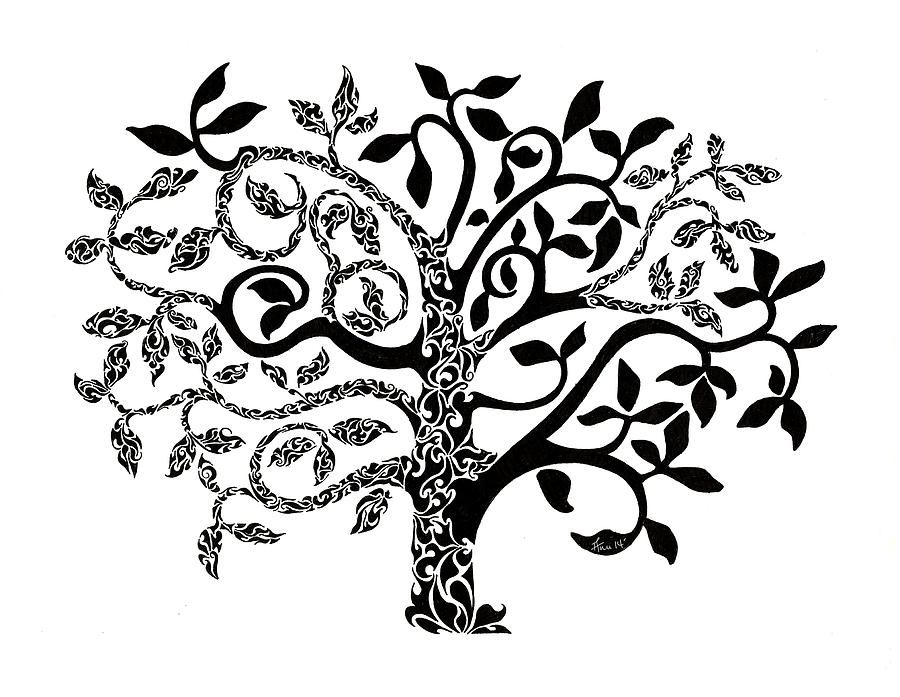 Just use a cardboard box as a guide as you glue.
Just use a cardboard box as a guide as you glue.
Get the tutorial at A Beautiful Mess »
9
Multicolored Tree
Michael Partenio
Put your love of maximalist decor on full display with a tree that's decked out in colorful ornaments, blue ribbons, and loads of warm lights.
10
Rainbow Tree
Inspired by Charm
Why just choose one color scheme when you can have 'em all? If you're super indecisive — or just a fan of multiple hues — wrap your tree in a rainbow of simplistic ball ornaments.
Get the tutorial at Inspired by Charm »
11
Modern White Tree
Danielle Daly
Here's the tree for those who really want to have some fun this Christmas. For this modern look, you'll need clear lights, colorful velvet bows for an ombré effect and an assortment of ball ornaments.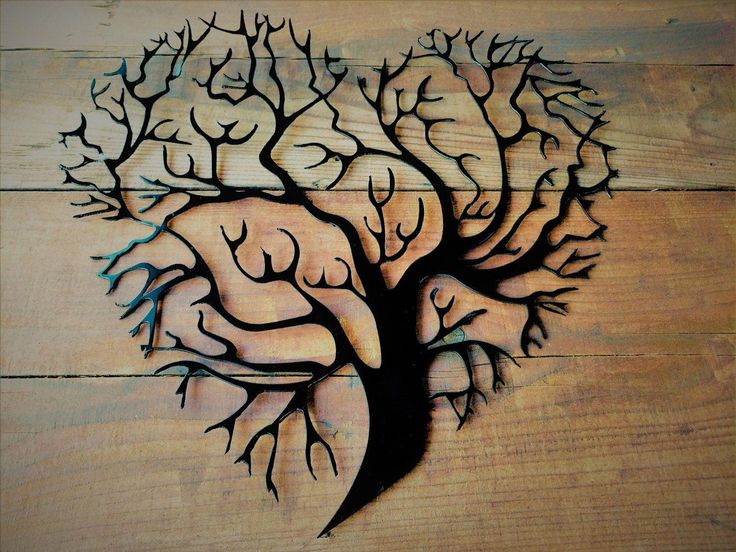 Finish the tree with a plush white skirt and a Moravian star.
Finish the tree with a plush white skirt and a Moravian star.
SHOP MINI BOWS
12
Disco Ball Tree
Studio DIY
Elevate your holiday home with a bit of glitz and glam with this striking disco ball tree. Start with a 24" foam cone or wire tree and use hot glue to layer disco balls of all different sizes.
SHOP DISCO BALLS
Get the tutorial at Studio DIY »
13
Mason Jar Tree
Burcu Avsar
If you're in need of a creative way to put your collection of vintage mason jars to use, here's a nifty idea. Try arranging colored jars in the form of a mini Christmas tree. But don't stop there! Fill them with ornaments then drape them in any festive beads of your choice. It's the perfect size decor for a living room mantel!
SHOP MASON JARS
RELATED: 45 Easy and Festive Ways to Style Your Mantel
14
Green and Pink Modern Tree
Persia Lou
Natural textures, homemade 3D paper ornaments and wooden elements define this modern Christmas tree. Introduce a pop of color with ribbon garland.
Introduce a pop of color with ribbon garland.
SHOP RIBBON
Get the tutorial at Persia Lou »
15
Candy Cane-Inspired Tree
Brian Woodcock
Candy canes never fail to play up the spirit of Christmas. Rely on the classic striped pattern to bring mini Christmas trees in an array of sizes to life. Use them as centerpieces or to dress up drab shelves.
16
Tree Branch Display
The Merry Thought
If Charlie Brown taught us anything, it's that you don't need a big over-the-top spruce to find the "true meaning of Christmas." If your prefer a minimalist Christmas decorating vibe, opt for a simple tree branch display in a glass jar.
Get the tutorial at The Merry Thought »
17
Small Tabletop Tree
Birgitta Wolfgang Drejer
This small tree makes a big impact while situated on a round table in the center of a living space.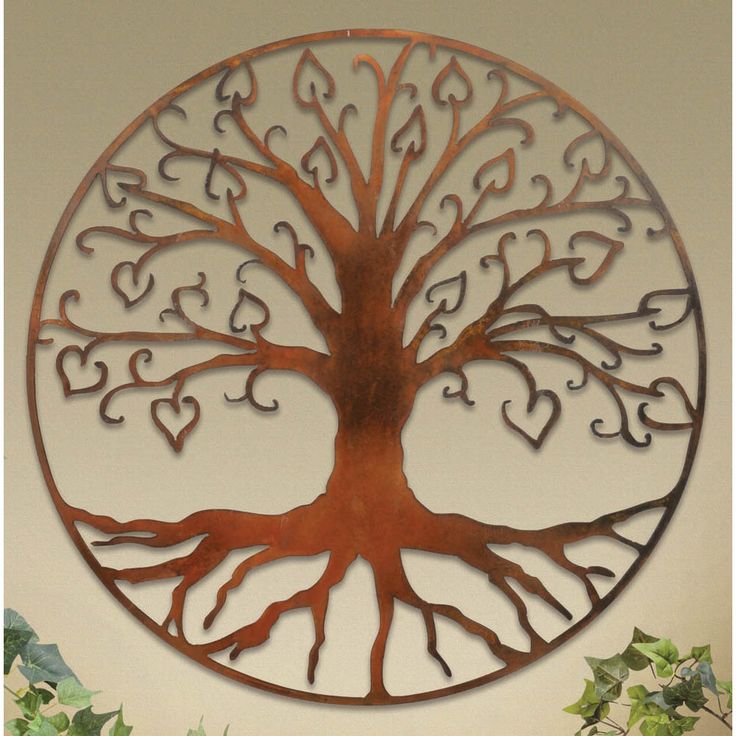 Fill the table with presents, and use a tall Christmas tree topper to create extra height.
Fill the table with presents, and use a tall Christmas tree topper to create extra height.
18
Ladder Christmas Tree
Westend61Getty Images
Turn a classic wooden ladder into a festive holiday display by flanking it with string lights, ornaments and a star balloon as a topper.
19
DIY Yarn Tree
Mike Garten
Fill an empty wall or hallway with a tree that's made of yarn. Invite your kids to join in on the fun by decorating it with paper circle ornaments and felt.
SHOP YARN
20
Textured Farmhouse Tree
Courtesy of Kara's Party Ideas
Along with cotton picks as a focal point, a mix of florals, tree sprigs and fabric-wrapped gifts take centerstage on this farmhouse tree.
Get the tutorial at Kara's Party Ideas >>
21
Tart Tin Tree
Brian Woodcock
All it takes is a stack of vintage tart tins to make a statement mini tree. For maximum visual appeal, choose sizes ranging from 2 to 12 inches.
22
Sweet and Simple Tree
David Meredith
For this no-fuss look that's brilliant for a kid's room, stick with a mini flocked design and ornaments in predominantly neutral tones.
23
Lightbox Countdown Tree
Melissa Coleman
Finish your tree with a lightbox that counts down to the big day. Don't forget the presents!
SHOP LIGHTBOX
24
Statement White Tree
BRIAN WOODCOCK
Dream up a winter wonderland in your own home with a white tabletop tree adorned in glitzy pastel-colored ball ornaments.
25
Burlap Ribbon Tree
Courtesy of It All Started with Paint
Let burlap ribbon, along with a blend of snowflakes and pinecones, dress up a Christmas tree. Wrap gifts in Kraft paper to stay on theme.
Get the tutorial at It All Started with Paint >>
26
Frosted Berry Tree
Matt Harrington
Leave it to HomeGoods Style Expert Jenny Reimold to amp up a flocked Christmas tree. Jenny boldly ditched the traditional star topper for a festive mix of berry branches and ball ornaments.
SHOP BERRY BRANCHES
27
Sugar Plum Tree
Matt Harrington
Believe it or not, just about anything can be a Christmas tree ornament. For this sugar plum Christmas tree theme, HomeGoods Style expert Jenny Reimold tucked mini retro-inspired radios in between branches for an unexpected touch.
SHOP RETRO RADIOS
28
Checkered Woodland Tree
Courtesy of See Vanessa Craft
For this woodland look, start with an artificial tree that's covered in berries and pinecones. Add classic plaid ribbon with an assortment of wood ornaments, and you're all set to celebrate.
Get the tutorial at See Vanessa Craft >>
29
Honeycomb Ornament Tree
Danielle Daly
Show off your crafty side by setting a mini tree on a trolley and dressing it up in colorful honeycomb paper ornaments. Finish the look with pom-pom garland.
SHOP HONEYCOMB ORNAMENTS
30
Lego Tree
Courtesy of Happiness is Homemade
With this playful look, the days of tripping over Legos will be over.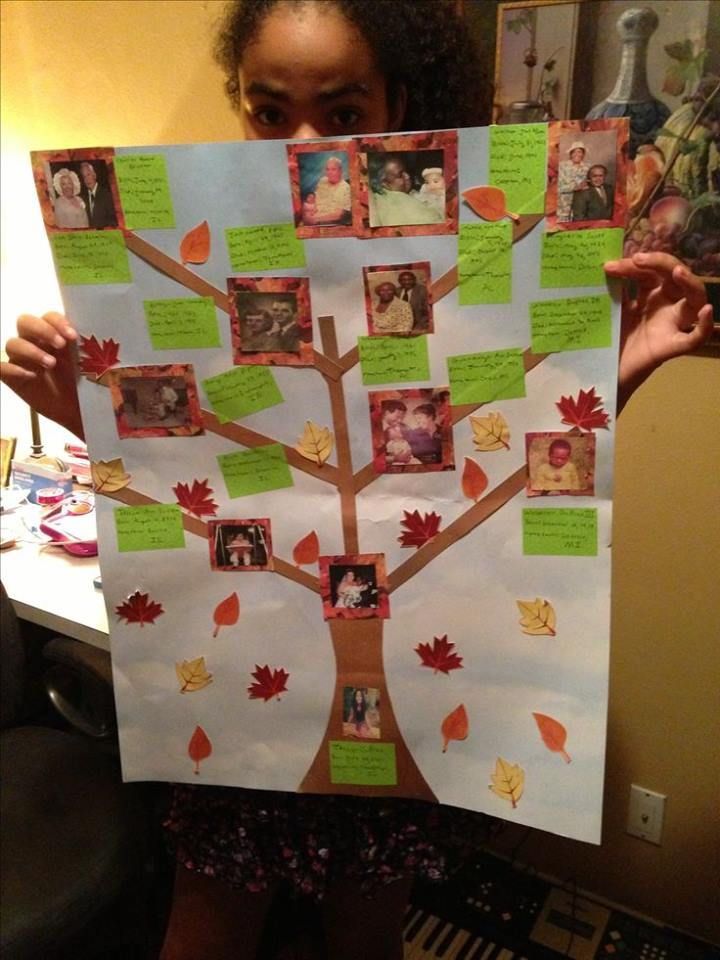
Get the tutorial at Happiness is Homemade >>
31
Yarn Christmas Tree
Arin Solange at Home
While it might be untraditional, this playful yarn Christmas tree makes for festive decor in bedrooms, entryways and kids' rooms. You'll need a lot of yarn to recreate this tree, but at least you can use the scraps to build the pom-pom topper.
Get the tutorial at Arin Solange at Home »
32
Flag Garland Tree
Mike Garten
Trade basic green garland for a playful flag design featuring vibrant hues like pink and orange. To stay on theme, weave in ornaments boasting the same color palette.
SHOP FLAG GARLAND
33
Farmhouse Christmas Tree
Dylan Chandler
For a farmhouse vibe, set your tree in a galvanized tub and add a few vintage-looking price tags for an unexpected touch.
34
Star and Pinecone Tree
Woman's Day
35
Minimalist Pre-Lit Tree
Thomas Kuoh
If you love nothing more than a subdued look, do away with ornaments and rely on mini lights for an elegant touch. Place complementary garland on your mantel to finish the look.
36
Old-Fashioned Christmas Tree
Virginia Macdonald
Equal parts unexpected and refreshing, spruce up your tree with dried orange slices if you're seeking a conversation starter for your celebration.
RELATED: How to Make Your Christmas Tree Last Longer
37
Front Porch Christmas Tree
CHARLIE COLMER
Who says Christmas trees are just for inside? Spread the holiday cheer by decorating a tree to live on your front porch. Don't forget to deck out your front door with a wreath!
Don't forget to deck out your front door with a wreath!
38
Mini Snowman Tree
Woman's Day
If this year's Christmas celebration needs to be a hit with kids, dress up a mini tree with adorable snowman ornaments.
39
White Christmas Tree
Woman's Day
Take a snow-flocked white Christmas tree to the next level with white butterflies and metallic ball ornaments.
SHOP BUTTERFLIES
40
Vintage Mini Tree
Melanie Butcher
Cover the unsightly base of an artificial Christmas tree by placing it in an antique candy box or toy chest.
41
Red Floral Christmas Tree
Country Living
Give your ornament collection a break this year and go for this stunning tree look, featuring striking red flowers and warm white lights.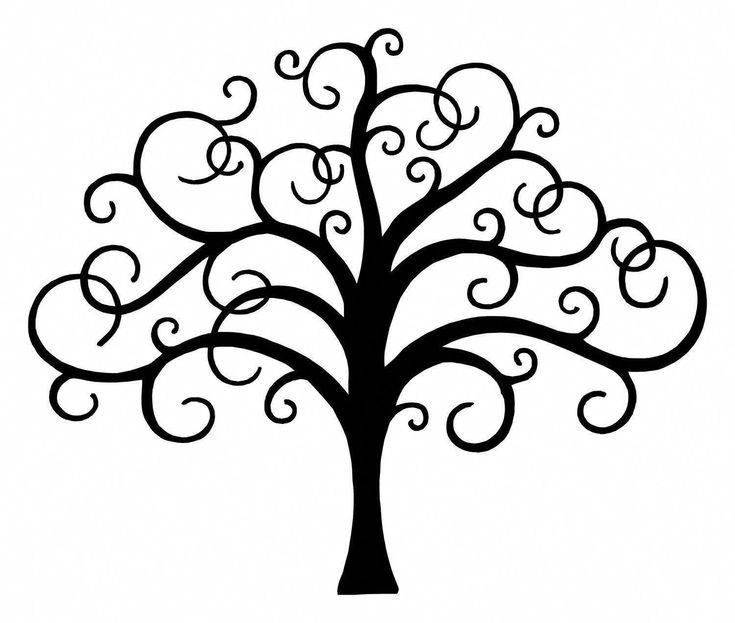
SHOP ARTIFICIAL FLOWERS
42
Frosted Pine Cone Tree
Country Living
Make a statement by pairing white-washed pine cones with a mix of artificial bird ornaments.
SHOP FROSTED PINE CONES
43
Photo Tag Tree
Bjorn Wallander
Looking for a way to play up the true meaning of Christmas? Glue your best family photos to the back of gift tags for a sentimental touch.
44
Candy-Covered Tree
Brian Woodcock
Forget the candy dishes: Make your house even sweeter by decorating your Christmas tree with sugar-themed garland and ornaments (real candy ribbon included!).
45
Elegant White Snow Tree
Alex Hayden
For an understated (but totally glamorous) option, spruce up a snow-covered pine with white doves, twinkle lights and gold baubles.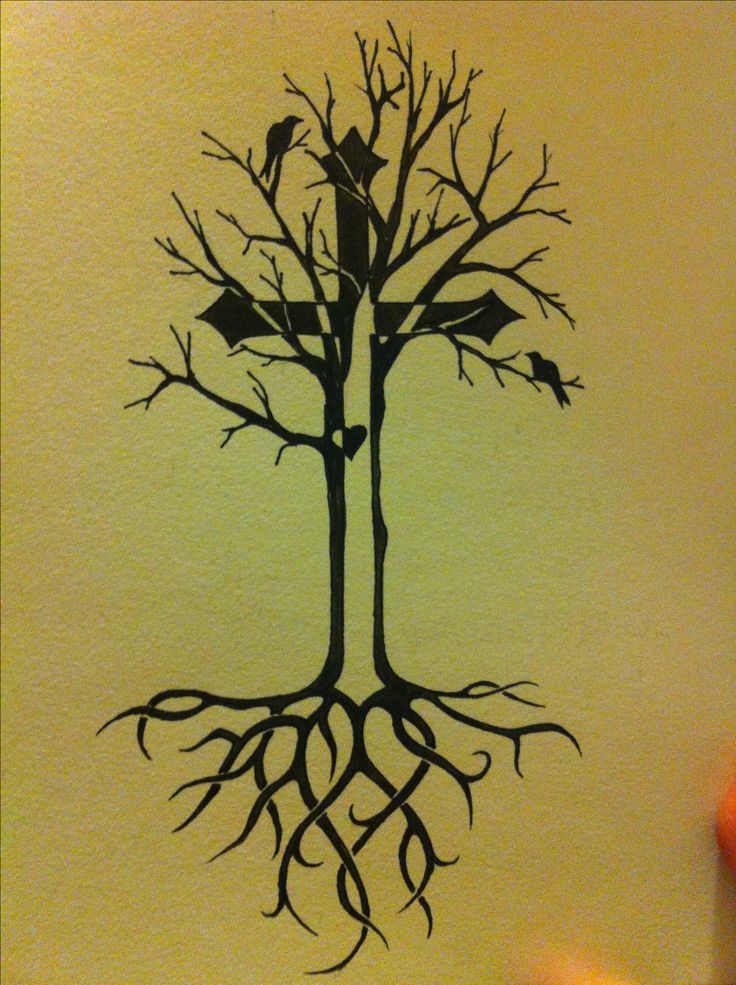
RELATED: 14 Best White Christmas Trees
46
Rainbow White Tree
Club Crafted
Colorful ornaments will really make a statement when set against a full-on white fir. Wrap it with string lights to give everything a subtle glow.
Get the tutorial at Club Crafted »
47
Winter Wonderland Tree
Monica Buck
Since your mantel is already covered with your extensive Santa Claus collection, use your beloved Christmas village as a makeshift tree skirt — but you'll probably need to move it out of the way before Santa unloads the presents.
48
Pink and Red Tree
Lovely Indeed
Even big baubles deserve a spot on this slim tree. Add color (and cheer!) to this otherwise neutral display with red, pink and teal ornaments.
Get the tutorial at Lovely Indeed »
49
Paper Candle Tree
Clara Sumsion/ The House That Lars Built
Much less dangerous than electric candles, these paper versions will keep their glow without the help of batteries or matches.
Get the tutorial at The House That Lars Built »
50
Vintage Ribbon Tree
David Tsay
Finally, this tree gives Dad an excuse to show off his prized possessions: his bowling ribbons from decades ago.
SHOP RIBBONS
51
Silver Metallic Tree
Bless'er House
Stick in twigs of all shapes and sizes to make your narrow Christmas tree — real or fake — look more full.
Get the tutorial at Bless'er House »
52
Citrus Tree
Annie Schlechter
Not quite as expected as red and green, this vibrant tree incorporates dried lemon slices, preserved oranges and glitzy orange ornaments for a refreshing vibe.
53
Patriotic Tree
Courtesy of subject
The Fourth of July isn't the only time to let everyone know how proud you are to be an American. Express your patriotic spirit with a tree adorned in mini flags.
SHOP MINI AMERICAN FLAGS
54
Love-Inspired Tree
Courtesy of subject
If you love celebrating Valentine's Day just as much as Christmas, you can have the best of both worlds. Simply cover a tree in artificial red flowers and heart-shaped ornaments.
SHOP ARTIFICIAL ROSES
55
Neutral Skinny Tree
Domestically Blissful
The perk of buying a skinny tree? You get a clear view of all of the ornaments. Plus, it's brilliant if your space is on the small side.
Read more at Domestically Blissful »
56
Country Tabletop Tree
Max Kim-Bee
Give your living room a farmhouse feel by sticking a small tabletop tree in a galvanized tub.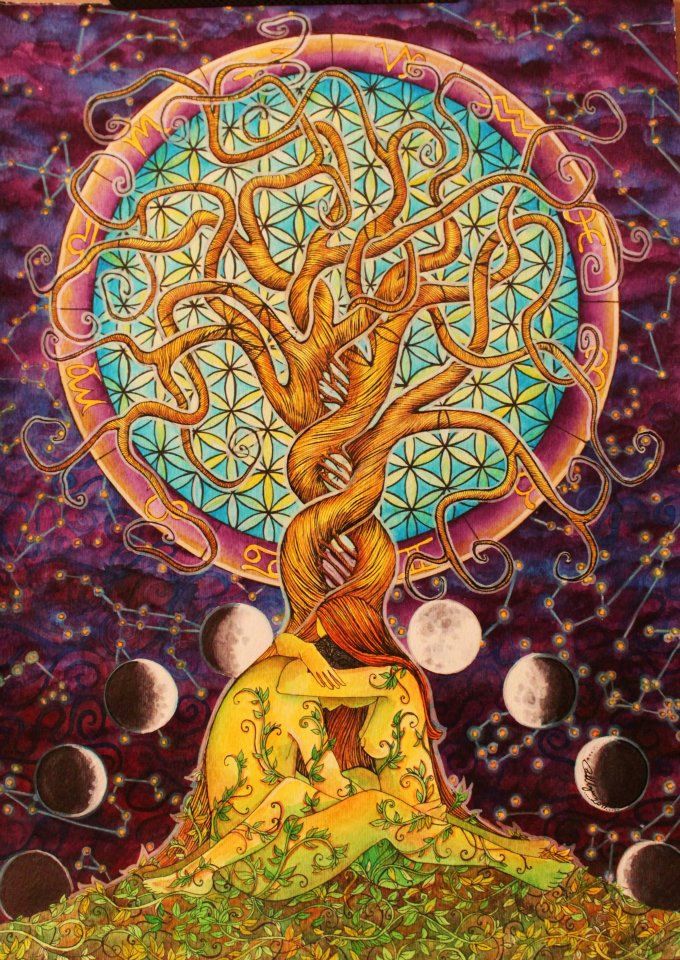 (You can do the same thing with your main tree, too.)
(You can do the same thing with your main tree, too.)
SHOP GALVANIZED TUBS
57
Colorful Tree
Sugar & Cloth
The ornaments are cute and all, but the pom-pom tree topper is what really makes the biggest statement in this display.
Get the tutorial at Sugar & Cloth »
58
Snowy White Tree
A Pumpkin & a Princess
If your flocked Christmas tree has seen better days, give it new life by wrapping it with fluffy white garland and adding white poinsettias in sparse areas.
Get the tutorial at A Pumpkin & A Princess »
59
Pennant Mini Tree
Melanie Butcher
Take your school pride to the next level by sticking mini pennant flags with the names of your kids' colleges or high schools in this small tree.
60
Pom-Pom Tree
Sugar & Cloth
You'll instantly feel more (holly) jolly once you place multi-colored pom-poms in your artificial tree. Who needs ornaments anyway?!
Get the tutorial at Sugar & Cloth »
61
"Noel" Tree
Craftaholics Anonymous
Write out a short phrase that sums up the holiday season — noel, joy, love, faith and more — for a statement-making decoration.
SHOP MARQUEE LETTERS
Get the tutorial at Craftaholics Anonymous »
62
Yarn-Wrapped Tree
Mike Garten
Pops of pink on DIY ornaments and a pennant-style garland make this spruce extra merry.
63
Jingle Bell Tree
Monica Buck
You know the saying "I'll be there with bells on"? This theme takes it quite literally – and the result is gorgeous.
SHOP BURLAP RIBBON
64
Christmas Card Tree
Monica Buck
Whether you display all the greetings that come through the mail or buy vintage postage at the store, this antique-style tree is bound to make the spirits bright.
65
Pinecone Tree
Max Kim-Bee
Natural pinecones, gold pinecones, glitter pinecones: This fir has them all. (And we bet a few scented ones too, for good measure.)
66
Bow-Topped Tree
Kate Sears
Red and white is tried and true, and here's proof: An eclectic assortment of snowflakes, turtle doves, stars, sleds and balls look perfectly coordinated in the same color scheme.
67
Gold Medal Tree
With love of photography
Gold ornaments and bows make this arrangement a winner with or without tinsel.
68
Cornucopia Tree
Michel Arnaud
Crowned with a twig star and wrapped with a garland of red burlap, this towering tree packs in the DIY treats: dried orange slices, walnuts gilded with gold paint, mini cranberry wreaths and more.
69
White Christmas Tree
Michael Partenio
You'll be tempted to play Bing Crosby's classic Christmas tune when decorating this frosty wonderland. DIY paper doves and a pinecone topper, and fill in the gaps with snowflake ornaments and silver ribbon.
70
Small Christmas Tree
Sian Richards
Dress this pint-size version with just as much garland, ribbon and ornaments as you'd like.
71
Santa Claus Tree
Michael Partenio
Pay homage to the man in the red suit by hanging tiny hats and belt buckle ornaments on a classic evergreen. The crowning touch for this Santa-centric tannenbaum: a classic fur-lined hat.
The crowning touch for this Santa-centric tannenbaum: a classic fur-lined hat.
72
We Three Kings Tree
Michael Partenio
Blue, purple and gold don't usually appear together during the holidays, but this Magi-inspired fir proves that jewel tones are a holiday must.
73
Peppermint Candy Tree
MIchael Partenio
Aqua accents take the traditional color combo to the next level. Tape together garlands of wrapped mints and hang old-school ribbon candy to make things even sweeter.
74
Bright Green Tree
Michael Partenio
When there's lots of evergreen around, shades of lime and mint feel like a breath of fresh air. Pair verdant trimmings with a classic gold star and silver wrapping paper for subtle shimmer.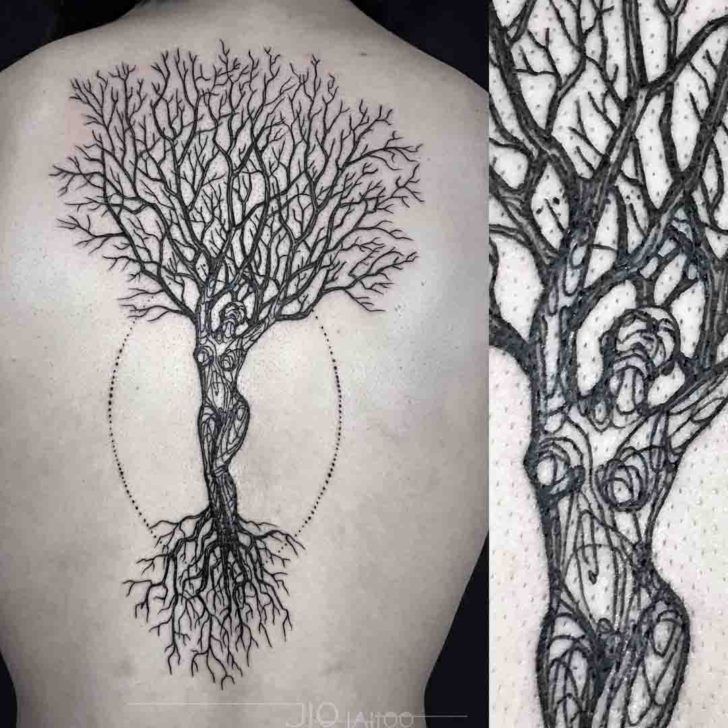
75
Black and White Tree
Just Destiny
Put a twist on a classic color scheme by decorating your Christmas tree with striped ribbons and golden ball ornaments.
See more at Just Destiny »
76
Flower Power Tree
Design Love Fest
If you're already over the cold, snowy days, this colorful flower bomb of a tree will warm your heart all winter long.
SHOP FAKE FLOWERS
Get the tutorial at Design Love Fest »
77
Merry and Musical Tree
A Thoughtful Place
Hang your favorite Christmas carol with a custom garland, made with glittery letters and red ribbon.
See more at A Thoughtful Place »
78
Countdown Tree
Tatertots & Jello
A spin on the traditional Advent calendar, this Christmas tree is a bold, colorful way to count down the days until the holiday.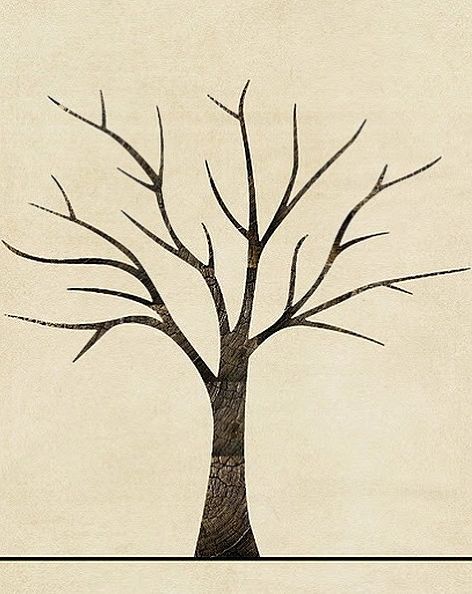
See more at Tatertots & Jello »
79
Relaxed and Rustic Tree
Fynes Designs
Instead of purchasing brand-new ornaments, DIY your own with birch sticks, acorns and burlap.
See more at Fynes Design »
80
Seaside Tree
Sand & Sisal
Rope garland and DIY sand dollar ornaments are great starting points for nautical Christmas decor. Add in some soft blue tones and netting for a full-on look.
See more at Sand & Sisal »
81
Christmas Carol Tree
Kara's Party Ideas
Mini drums, snippets of lyrics and some silhouette ornaments make up this Little Drummer Boy-inspired tree.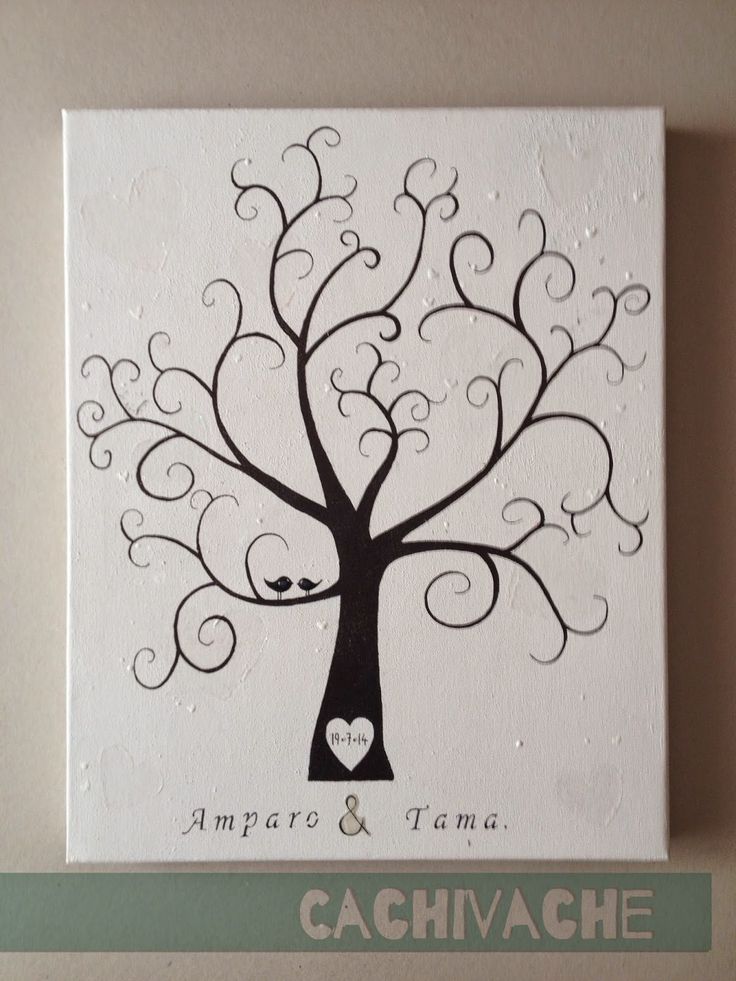
82
Nordic Noël Tree
Michael Partenio
Embrace the hygge lifestyle with a Scandinavian-styled tree. Better yet, hit up your favorite Swedish retailer (IKEA, of course!) for sheepskin rugs instead of a tree skirt.
83
Green Greetings Tree
Design Dazzle
Going vertical, use the same green patterned ribbon throughout your tree as you do on the presents that sit underneath the tree.
Get the tutorial at Design Dazzle »
84
Blue Frosted Tree
Censational Girl
The soft colors— blue, silver and white — make for an easy-on-the-eyes Christmas tree display.
Get the tutorial at Censational Girl »
85
Unusual Snowman Tree
Crafty Morning
Instead of infusing your tree with a theme or color palette, give it serious personality by turning it into a jolly snowman.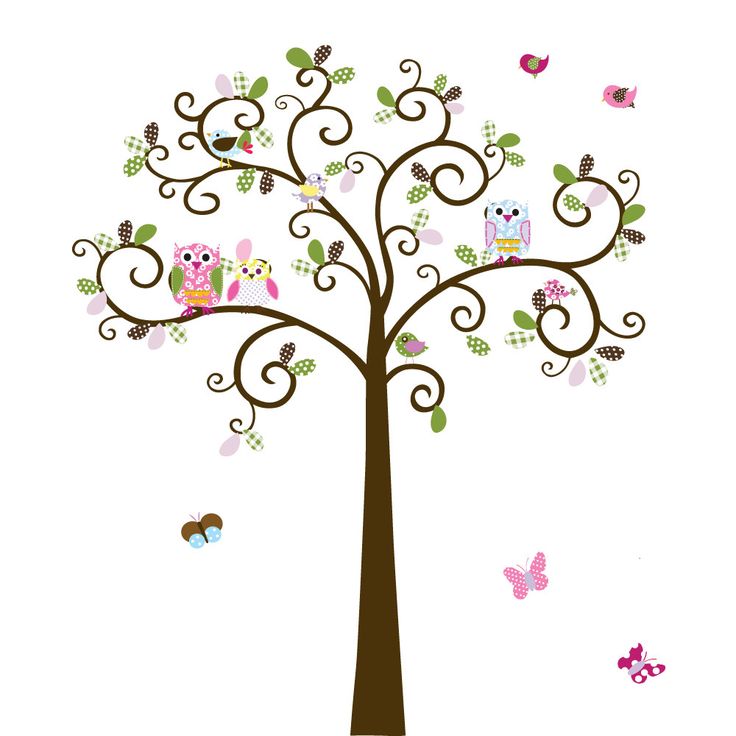
Get the tutorial at Crafty Morning »
How to grow a tree of ideas
December 16, 2016
7851 views
- Armen Petrosyan
- Publisher of the magazine “Live is interesting!”. Author of the book "What You Can Do in a Hundred Days". Creator and host of the course "Stodnevka - Expedition to the New Self", http://stodnevka.ru.
How many times a day do you find 10-20 minutes to calmly think about goals, about what is happening? Look around and find the right solutions? I write this "how many times" - and it becomes funny myself.
Even when there is free time, it is difficult to concentrate. Thoughts are jumping. A flashed idea slips away. Time is melting. You break into new goals, leaving doubts to smolder until a future stop.
I suggest a way to train attention. Found it spontaneously while reading Antifragile by Naseem Taleb.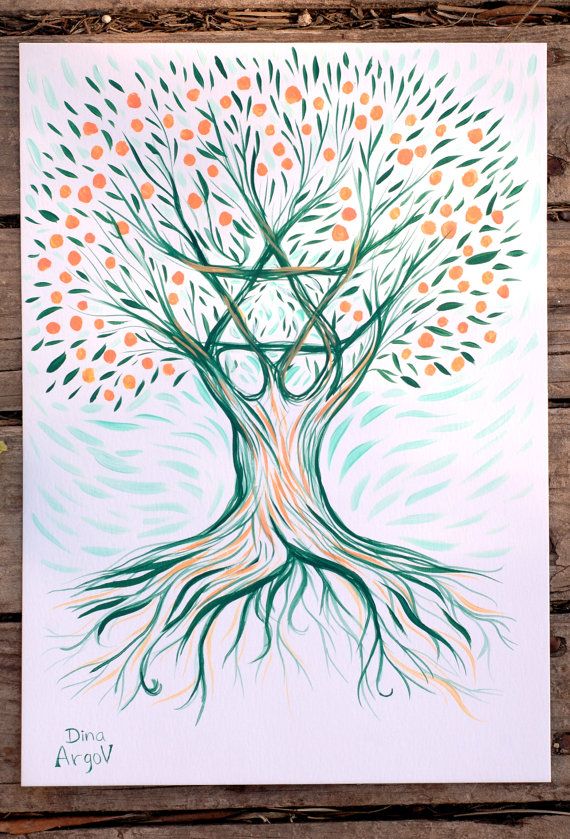 Added randomness and uncertainty to the search for self-research tools.
Added randomness and uncertainty to the search for self-research tools.
I practice drawing as a way to organize my attention.
1. Write question
My question is related to the goal of the Stodnevka I am currently attending: “What is the best way to keep a diary of changes?”.
Write down something that worries or interests you.
You can write down one question or several - it all depends on how many of them you can keep in your head while you draw.
2. I am drawing a tree
The theme of the drawing was chosen by chance. Bruno Munari's book "Drawing a Tree" came into my hands. It's easier, I don't waste time deciding what to draw.
Depict whatever you want. What you see in front of you, or from memory.
It is important to start painting and do it for several days.
3. It takes 15 minutes to draw
What and what you will draw on is not important.
I took the opportunity to learn the Procreate app on the iPad.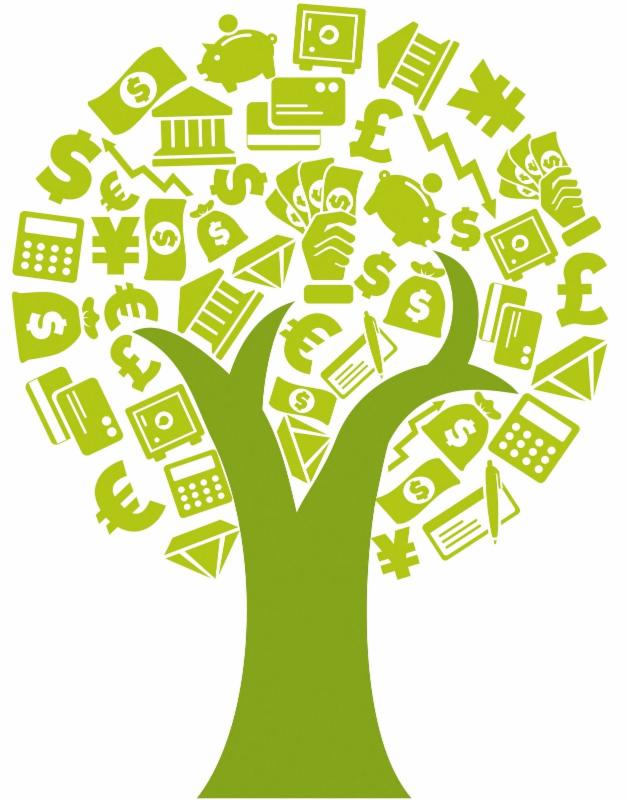 Changed the notebook, pencils and pens.
Changed the notebook, pencils and pens.
I draw images and write down ideas that come to mind. The task to draw a tree starts processes.
I keep the question written on the card in front of my eyes on the table.
I anticipate questions: I don't have any special method of how to connect drawing and thinking about a question. I just managed to make sure from my own experience: any simple, consistent actions help to focus.
I usually lacked perseverance. I grabbed a lot and gave up. I was chasing results and quickly became disillusioned.
Spontaneously found a way to combine three processes: think, do, share.
- Selecting a recurring action. Taking small steps to find myself. I set a deadline. It might be a week. Or maybe 100 days.
- I act and explore sensations, thoughts, opportunities that open up.
- Recording the results.
- Sharing my experience.
Experience the benefits of drawing right now
Draw your feelings in 1-3 minutes. Don't hesitate. Turn on the timer and start drawing right away.
Don't hesitate. Turn on the timer and start drawing right away.
Listen to yourself for another minute. What do you feel after drawing? If you wish, write down the result.
That's how I saw the balance that was missing.
Took a break from work. Closed the laptop. I asked myself the question: “What am I missing?”. I turned on the timer and drew the answer.
I can already hear the phrases: “I can’t draw”, “I won’t succeed”. I thought so myself. Everyone can draw. Not everyone decides.
How many days to draw
Start today and draw for a week. Like it - keep going. Even seven days of conscious, consistent action is enough to notice meaningful results. If you wish, tell your friends about the joy experienced, write a post in social sectors.
The tree drawing workshop has already given me a diagram.
The trunk is a question, a problem.
Branches - tasks, goals.
Leaves - content, proposals for interaction.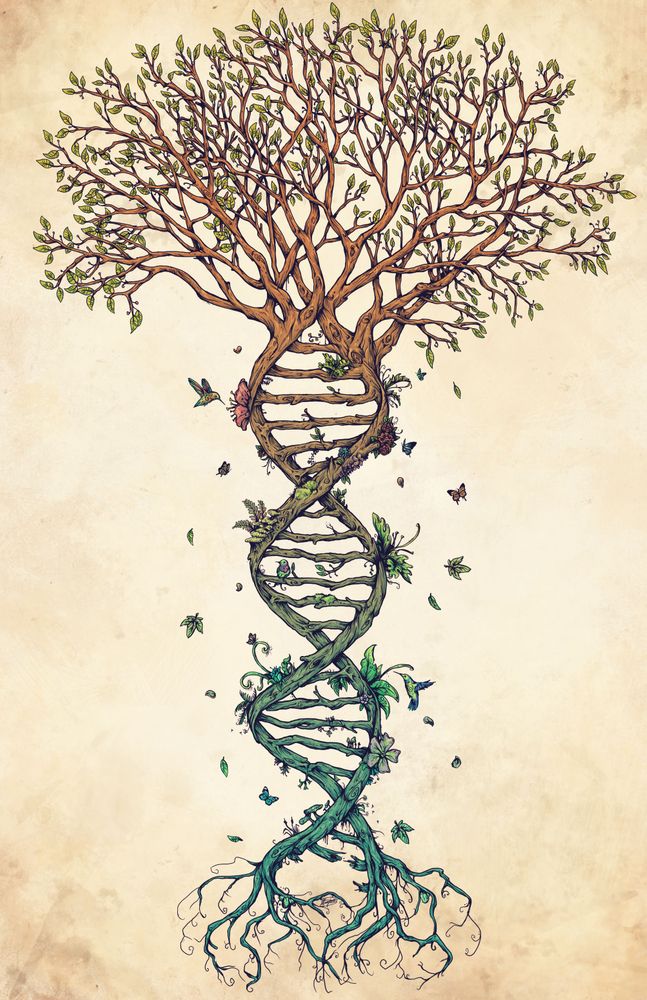
Fruits - results.
Roots - experience, resources.
Now at meetings and negotiations I draw not just squiggles and monograms :) The tree helps to streamline attention and structure thoughts.
Self-development #Ideas #Mindfulness #drawing
60 ideas and 5 tips that designers forget about — INMYROOM
Tips
Natural wood in the interior is an ever-fashionable trend. How best to use this material and, most importantly, how to make the tree in the house serve us as long as possible?
Natural wood in the house is both a classic and an ever-present design trend. At all times, houses were built from wood, furniture and other household items were made, and today almost no interior is conceivable without this material, regardless of style.]
No wonder that in the modern world, tired of concrete cities and loud bustle, we strive to themselves with natural materials. Wood could long ago be replaced by cheaper and more practical composites or plastic, but our hands are drawn to the warm, slightly rough surface of wood. You can use a tree in a house in a variety of ways, but interestingly, even in traditional incarnations, you can endlessly find original ideas.
You can use a tree in a house in a variety of ways, but interestingly, even in traditional incarnations, you can endlessly find original ideas.
1. Interior woodwork
Wood is one of the most popular building materials, and since most houses today are still made of concrete, glass, and brick, wood has established itself as an interior finish. These are, first of all, wooden floors, wall panels, less often ceilings or just wooden beams, and, of course, windows and doors.
You can look for ideas in everything: just replace one of the components of the traditional approach. For example, modern technologies allow floorboards to be cut with curves, recreating the natural lines of a living tree; aged wood can be unexpectedly combined with fundamentally different materials; and as for windows, not only frames can be wooden, but also, say, wide slopes.
It is worth mentioning the wooden stairs - such a convenient material as wood, gives endless possibilities for these structures.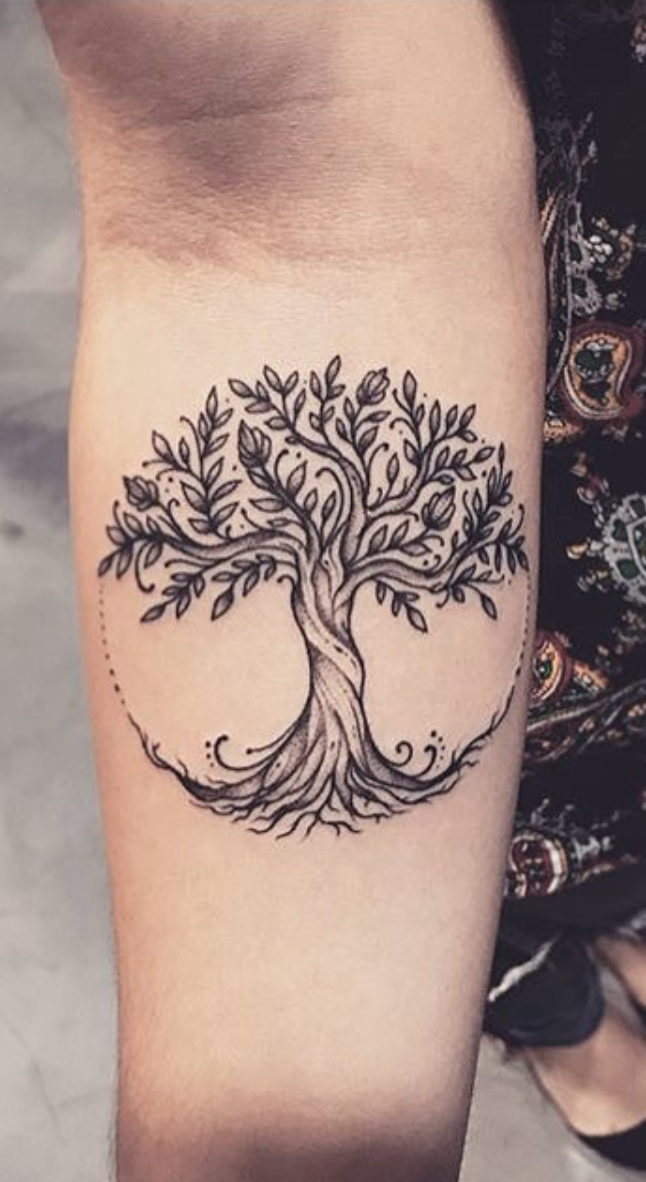 Screw and mid-flight, air stairs on the rails - the tree allows you to realize almost any idea.
Screw and mid-flight, air stairs on the rails - the tree allows you to realize almost any idea.
2. Furniture and decorative items made of wood
What could be more familiar than furniture made of wood… But what about a mosaic of differently tinted glued wood ends as a table top, a mirror frame, as if knocked together from boards corroded by sea water and winds, left over from a shipwreck? Yes, and this has already happened somewhere, but unusual colors and ways of processing wood, contrast of textures and shapes, excessive brutality or, on the contrary, deliberate sophistication, will allow you to find a new sound.
When working with furniture and decorative elements made of wood, the trend towards respect for the environment is still relevant. It is no longer just “wood is a sustainable material”, the focus is on recycling: wooden pallets, cable reels and wine boxes are used in the same way as pieces of old furniture that have served their time.
3. Wood in the interior of a nursery
Some people use wood in a nursery especially willingly, while others for some reason fear for the child's health.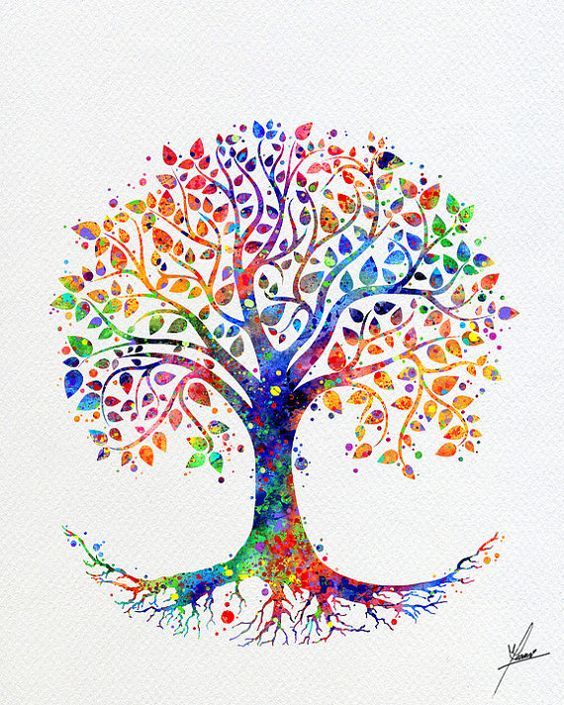 Yes, at some age, the baby pulls everything that is possible into his mouth, but with a reasonable choice of wood processing products, this option turns out to be the safest. The naturalness of the natural materials surrounding the child underlies the leading pedagogical methods. So feel free to get wooden toys and children's furniture, but carefully check the substances with which you will process wood: each product must have the appropriate permits.
Yes, at some age, the baby pulls everything that is possible into his mouth, but with a reasonable choice of wood processing products, this option turns out to be the safest. The naturalness of the natural materials surrounding the child underlies the leading pedagogical methods. So feel free to get wooden toys and children's furniture, but carefully check the substances with which you will process wood: each product must have the appropriate permits.
4. Wood in the bathroom
Until recently, wood in the bathroom was used with particular caution: moisture and hot steam not only destroy the structure of the material, but also create all conditions for the reproduction of mold and other fungi. But modern safe wood processing products are changing trends.
In addition to reliable (and safe for us) protection, wood finishes and furniture in the bathroom can be given different shades and colors, more actively show the natural wood texture, create eco-design or emphasize with details from “raw” wood, for example, loft style.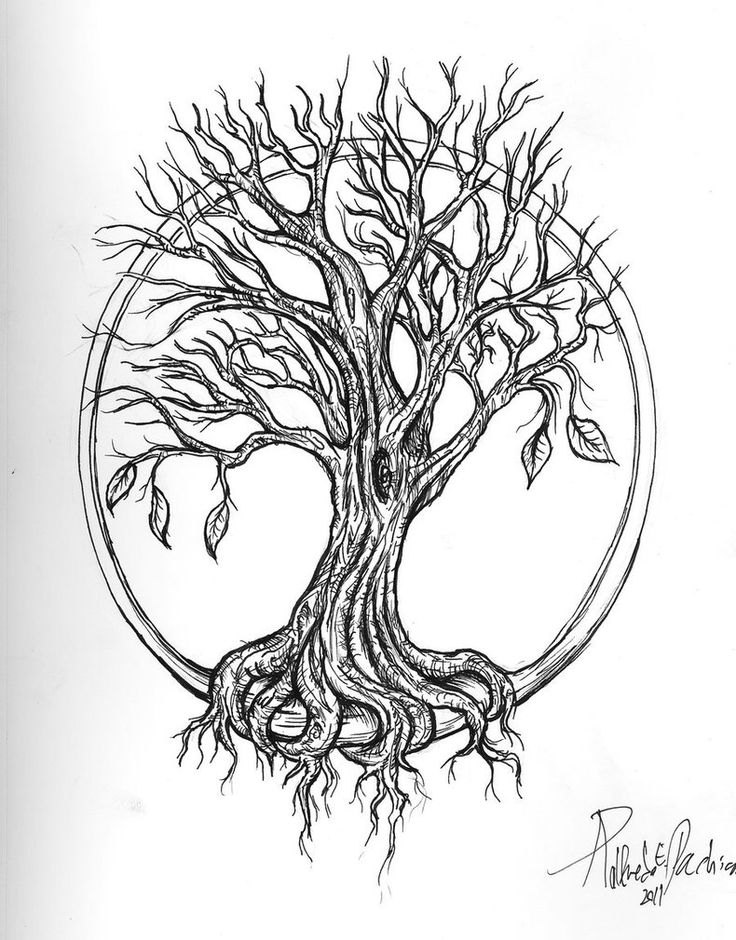
5. Wood in the kitchen
Who said that wood has no place in the kitchen? Yes, you will have to tinker with the parquet, but if you process it correctly during the repair, there will be practically no additional hassle during operation. Furniture should be protected from moisture and irritants such as grease and detergents. Particular attention should be paid to countertops, cutting boards, wooden cutlery, in a word, all surfaces that will come into contact with products: they must be processed, otherwise there is a high risk of rapid development of bacteria, but these products must be exclusively natural.
Wooden shelves for drying dishes can look unexpected, various kitchen utensils made of the same material, which will be used not only as a decorative element - designers do not stop creating collections of practical wooden dishes.
6. "Living" wood in the interior
Carefully sanded lacquered boards look great, but sometimes you want to give a living material like wood as much freedom as possible. Almost any interior, especially a country one, can be supplemented with an unmodified wood element: a snag, a branch, a stump, and maybe even a whole tree! Houses built around a living tree have a special atmosphere and a natural origin - it is extremely difficult to implement such a project, but didn’t we strive to be closer to nature?
Almost any interior, especially a country one, can be supplemented with an unmodified wood element: a snag, a branch, a stump, and maybe even a whole tree! Houses built around a living tree have a special atmosphere and a natural origin - it is extremely difficult to implement such a project, but didn’t we strive to be closer to nature?
Tips for InMyRoom readers: how to protect wood in the interior
There is no point in denying that working with wood is difficult: it breathes, dries out or changes shape over time, it is difficult to care for it, it is afraid of water, it is affected by fungi. We tell you how to protect wood from negative influences.
1. When it comes to products for the protection and care of wooden surfaces in the house, it should be remembered that the materials must be safe for humans and the environment - water-based, do not contain organic solvents. Depending on what kind of coating you want to get - the colors of natural wood or tinted - use glazing (textural) compositions or opaque paints, water-based azure coatings, natural (natural) oils, water-based parquet varnishes.
2. For walls in the hallway and corridors, use more wear-resistant materials: water-dispersion azure compositions, interior varnishes. The ceiling is often painted in lighter colors, and for the “massiveness” of the beams, it can be tinted with azure in a dark color. It is better to cover windows with compositions that preserve the geometric dimensions of the treated surface when exposed to atmospheric phenomena (ultraviolet, rain, frost).
3. In the nursery, be especially careful: materials must be absolutely safe. Give preference to environmentally friendly water-dispersion formulations and natural oils. Before buying, ask the seller to show a certificate confirming the safety and environmental friendliness of products.
4. Consider the operating conditions of the bath or sauna: high humidity in these rooms is highly likely to cause fungi (mold) - pay attention to the protection of wood. If the temperature is above 50–60º C, as happens in saunas, then there is no need to protect the wood.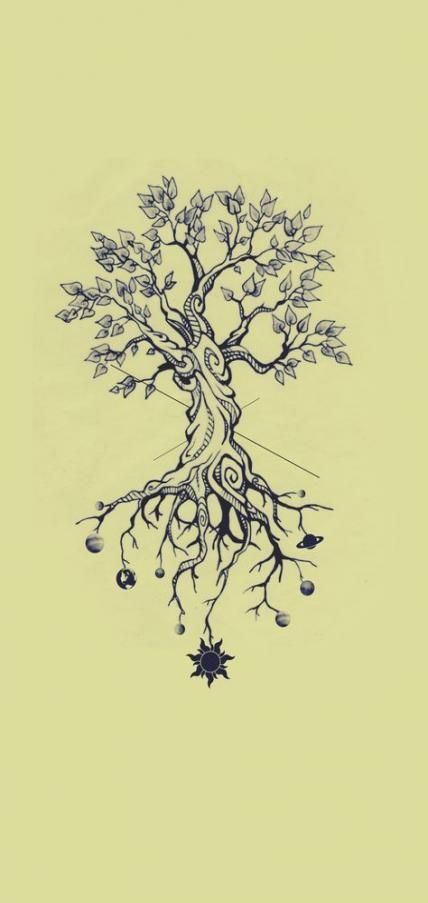
Learn more
- Very fragrant roses
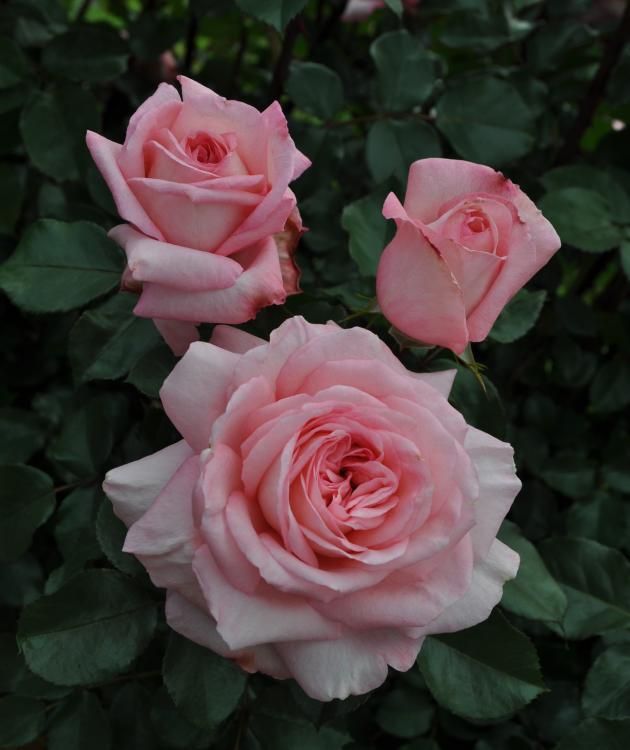
- Planting time potatoes
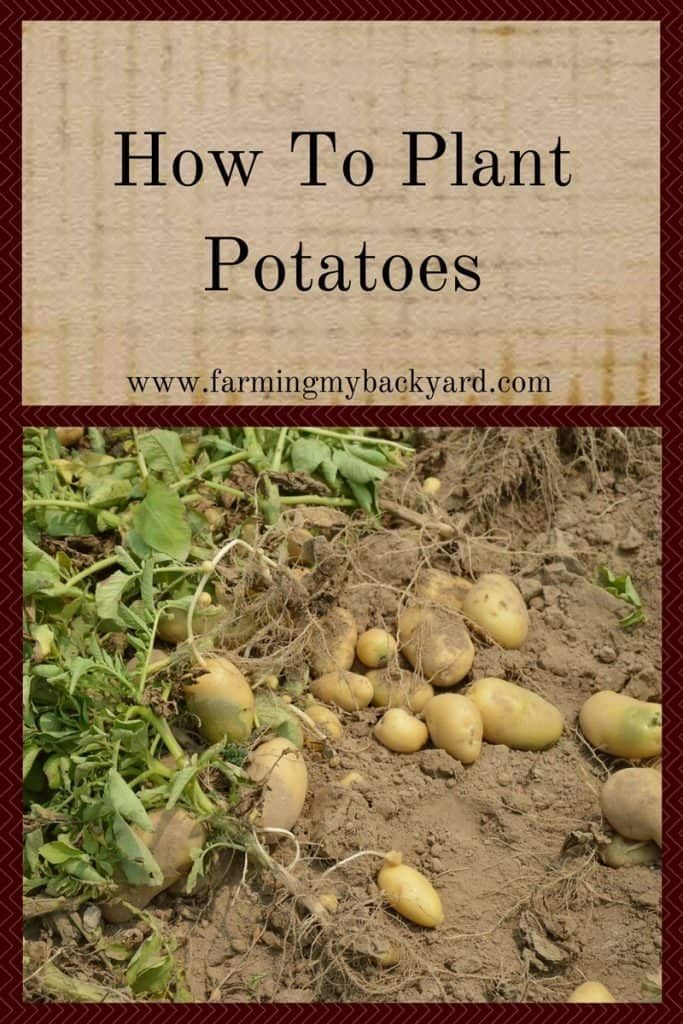
- Engineered wooden floors in kitchens
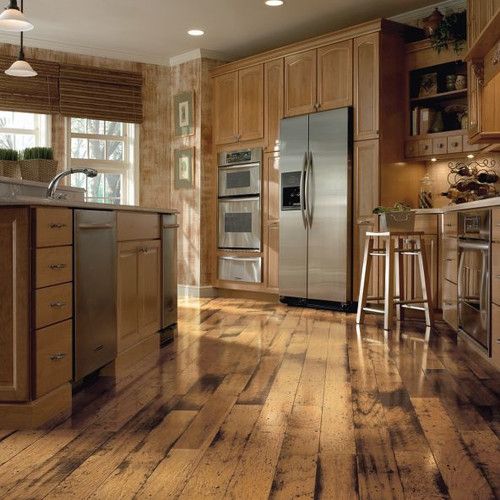
- Best kitchen wall decor

- Pool landscaping pics
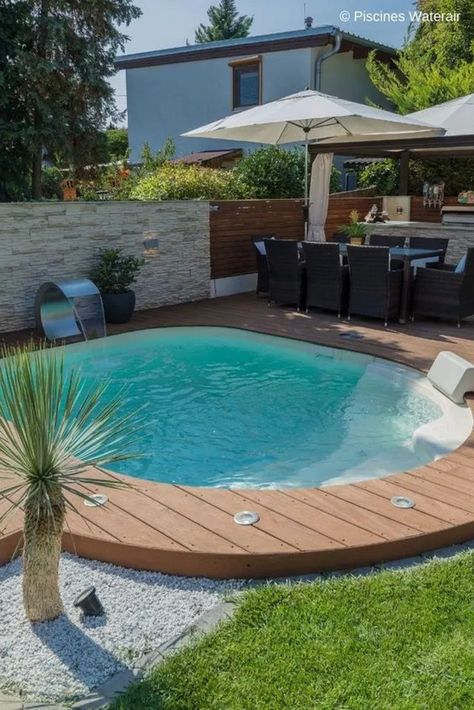
- House for hedgehogs
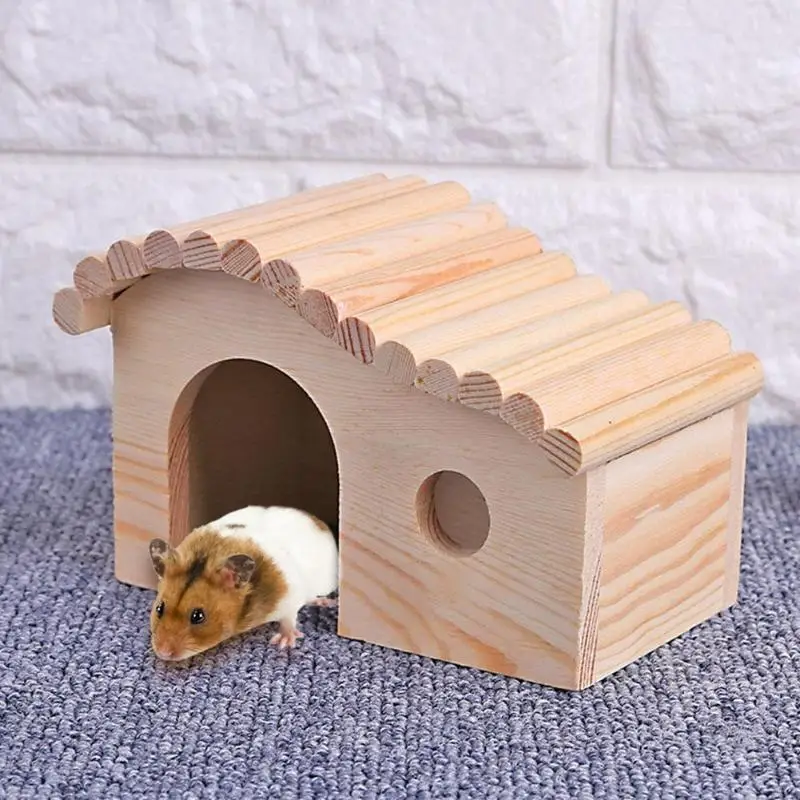
- Wallpaper in a house
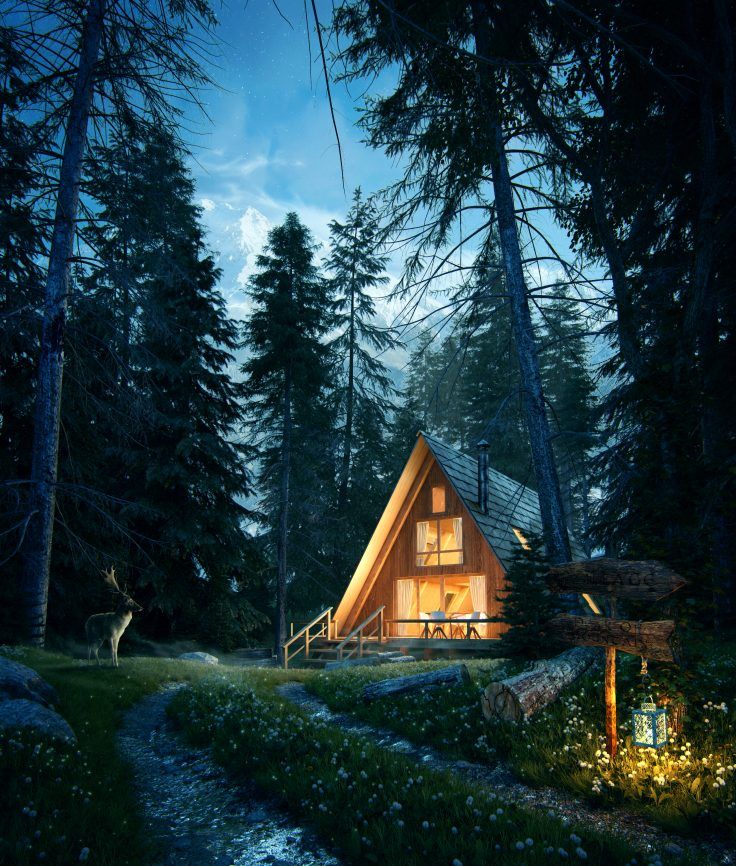
- Winter pot plants outdoors

- Mirror design for living room
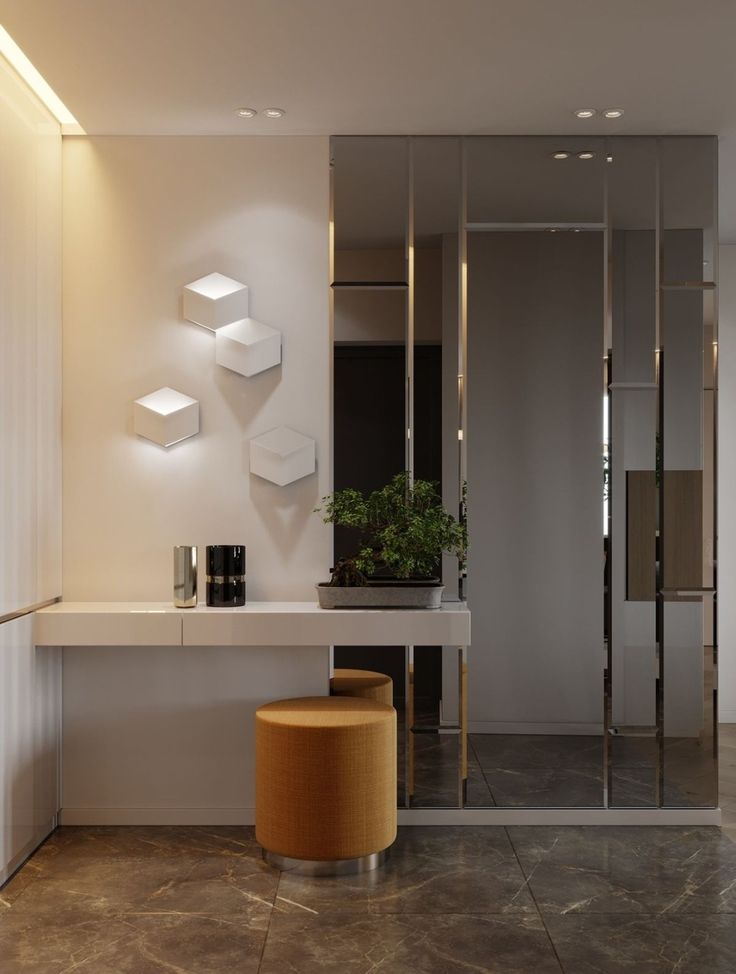
- Leading interior designer
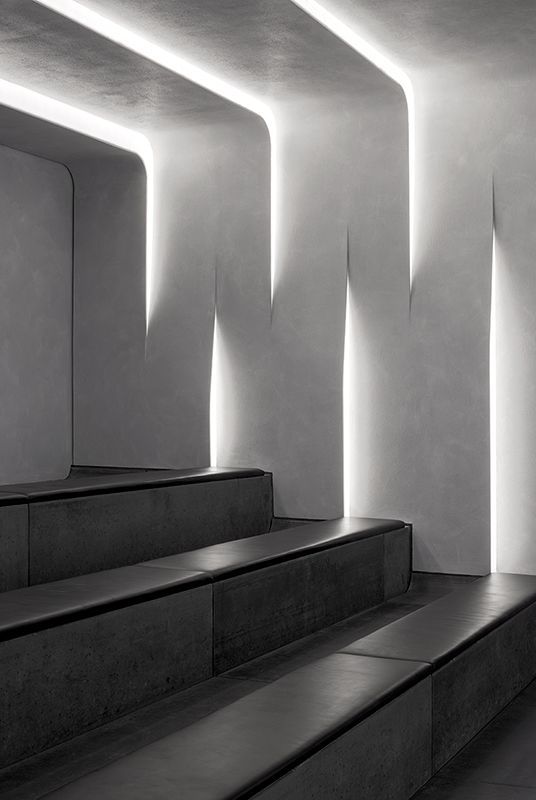
- How to make home office more productive
